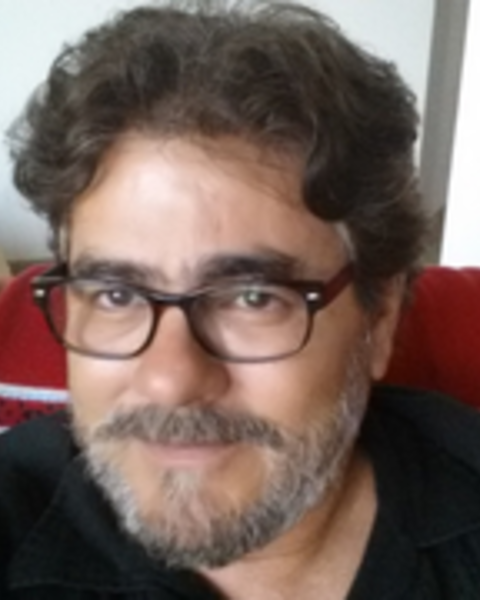José Carriquiry
José received his BSc in Oceanography from the Autonomous University of Baja California, Mexico, and Ph.D. in Geology/Geochemistry from McMaster University, Canada (advisors: Drs. Mike Risk and Henry Schwarcz). He later received a Fulbright Scholarship to conduct postdoctoral research at Scripps Institution of Oceanography, University of California, San Diego, USA (advisor: Prof. Chris Charles).
José is a Senior Research Professor at Oceanographic Research Institute of the Autonomous University of Baja California, in Ensenada, Mexico. Much of Jose´s research is interdisciplinary, ranging from paleoceanography – paleoclimatology to marine ecology and marine biogeochemistry of estuaries, coral reefs, coastal lagoons, seagrass meadows, etc, mainly through the use of stable isotope and trace element geochemical applications. His research areas include the Eastern Tropical North Pacific, Gulf of California, the Southern Gulf of Mexico, and the Mexican Caribbean. He also conducts research on the environmental degradation of the coral reefs in the Mexican Caribbean and Southern Gulf of Mexico. He collaborates with numerous scientists from Mexico, the USA and Europe. Also, he has organized national congresses in Mexico and has served as an organizer and moderator in international meetings such as AGU, PAGES-IGBP, etc. He served as departmental head for several years at his institution and has served on numerous national and international scientific review panels, such as the PAGES-IGBP Scientific Steering Committee, etc. Jose has been a visiting professor at distinguished universities in the USA, France, Spain and now at Harvard.
Jose´s research at Harvard focuses in understanding how climate change will impact the California Current ecosystem. It is been proposed that global warming has increased the land-ocean atmospheric pressure gradient, and thus strengthening the longshore winds that drive coastal upwellings along the California and Baja California coasts. By looking at the sedimentary record at a site located within the oxygen mínimum zone, characterized by large sedimentation rates (1m/1000 yrs), he is reconstructing past primary productivity at subdecadal resolution by studying a suite of paleoproductivity proxies, such as biogenic opal, total organic carbon and nitrogen, carbonates, as well as organic biomarkers such as chlorins and GDGT´s, etc. One of the main goals of this investigation is to contrast the primary productivity observed during the Anthropocene with that occurred during the last 1000 years, as well as to assess the role that the oceanic oscillations of the Pacific Ocean, such as ENSO and PDO, have in controlling coastal primary productivity. Finally, past ocean temperatures will be reconstructed through the organic paleothermometer TEX86 to trace changes in the intensity of upwelling and thus confirming if upwelling activity has intensified during the Anthropocene.

